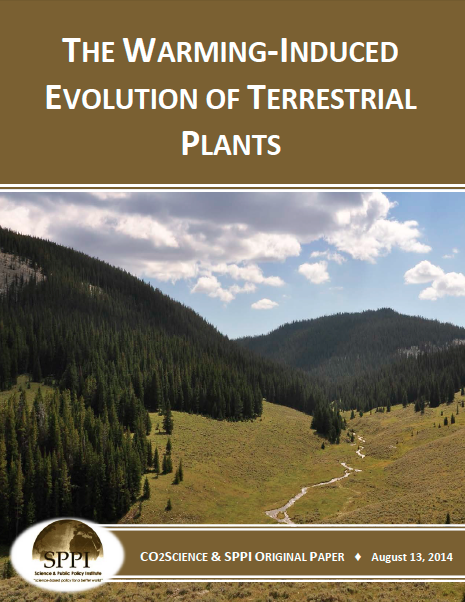News / Science & Technology
THE WARMING-INDUCED EVOLUTION OF TERRESTRIAL PLANTS

One of the grandest of catastrophes that climate alarmists contend will result from CO2 induced global warming – which they predict will be unprecedented in terms of both the speed and level of warmth attained – is that many species of plants will not be able to migrate poleward in latitude or upward in altitude fast enough to remain within regions with temperature regimes suitable for their continued existence; and, therefore, they predict that many of them will likely be driven to extinction. But what if earth's plants can evolve? ... and evolve fast enough to shift their ranges at a rate commensurate with the rate at which temperatures may be warming? Or what if they can adjust their inner workings so as to be able to tolerate more heat than they seem to be capable of doing nowadays? These key questions are explored in detail in the papers that are briefly reviewed below.
Gunter et al. (2000) introduced their study of the subject by noting that many models of actual or attempted range shifts in response to global warming lack a thorough understanding of "the role that acclimation and genetic adaptation may have in a species' response to predicted climate regimes," stating that if populations "have a greater capacity for adjustment to higher temperatures, and if they are not constrained by complete genetic isolation from other populations, then the effects of global warming will probably be less severe than what may be predicted from a simple temperatureresponse curve applied without regard to spatial or temporal genetic variation."
